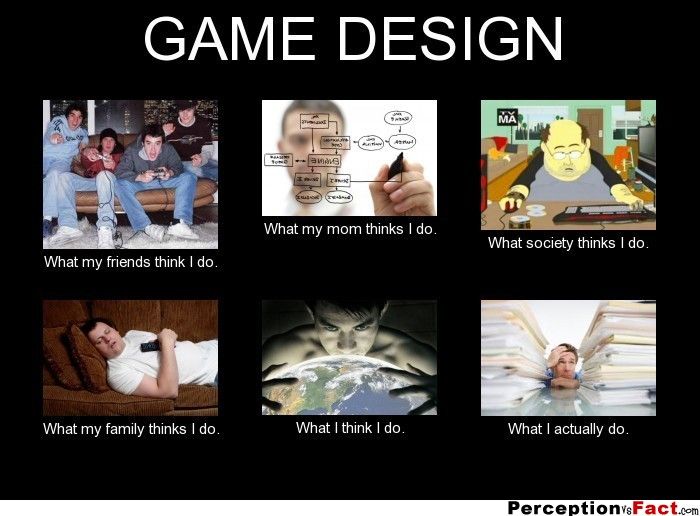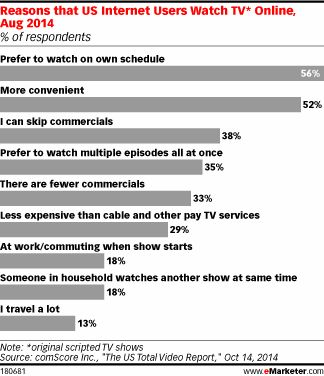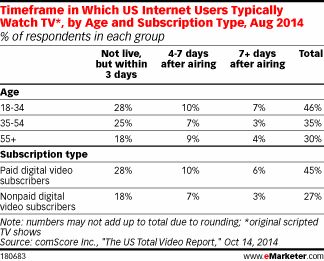The past few years have seen massive changes in the game industry, and the changes are still under way. We’ve seen free-to-play games go from an obscure business model in Korea to a a business model that can bring in over $1 billion in revenue for a single PC game in a year. Mobile games have gone from a small fraction of the games business to being poised to take over as the single largest revenue segment of games next year. Digital distribution has overturned the classic publisher model, empowering small developers and leading to an explosion of new games on multiple platforms. Marketing games has gone from a rather dull, standardized process of placing ads in key game magazines to an increasingly complex and creative endeavor with no clear winning strategy.
These changes are only gradually being reflected in the process of how games are being designed, though. It’s past time that game designers, marketers, and business people got together in discussing game designs before the development process begins, and stay in the process throughout development and beyond the initial launch for the (hopefully) years the product will be in the marketplace. Creating a large-scale successful game is really a team endeavor that requires creative input from all parts of the business.
Here are some key things to keep in mind as you start with a blank screen to design the Next Great Game. Remember, bring in marketing when you start having these design discussions, and it would also be helpful to have someone with community management experience, as well as someone who understands monetization, analytics, and statistics. You want all-around expertise contributing to the beginning stages, if you can.
Design for the audience first, not the platform
The days of working relentlessly to just to be able to put images on the screen are long gone. The tools of the trade have developed enormous power, and the hardware has become amazing as well. Yes, you still want to create games that take advantage of the platform capabilities, and work well with the interface the platform has available. In the past far too many games started with getting a graphics engine created, and then once that immense task was accomplished, you’d throw in some thin rationale for running around and shooting people and call it a game.
That’s just not good enough these days, with thousands of games coming out every month competing for attention — and many of them doing a very competent job of displaying pretty pictures rapidly, thank you very much. Think about who’s going to play your game, and why will they play this game instead of a dozen others like it (or a million others unlike it).
Don’t depend on graphics
If there’s any lesson the indsutry should draw from the stunning success of Minecraft, it’s this: Graphics aren’t everything. Or, if you’d like another example of this principle, Destiny is pretty, but the gameplay is still lacking. Bungie would have been better off spending more effort on gameplay and less on polygons and textures. Yes, of course you want your game’s graphics to be excellent. Excellent, though, doesn’t have to mean “photorealistic.” Pick an art style that you can execute well in your time frame and within your budget. The artwork is important in so far as it advances the experience you want players to have with the game. Remember, it should be about the audience first and what kind of gameplay they experience. The technology and the artwork are there to help deliver that — don’t make those things an end in themselves.

Once you have a hit game, bring it everywhere
Don’t invert that, thinking that the way to make a game a hit is to have it on every possible platform at once. That’s a great strategy when you already have a hit like FIFA, but if you’re creating a new game you’re probably spreading your resources too thinly unless you’re a very big company. Pick your platform carefully and build an audience. When you’ve got a hit, and you have the resources, start finding ways to get your game out to as many people as possible. That means geographically as well as technologically. Look for partners who can help bring your game to the fast-growing global market. It’s more than just localization, it’s understanding the culture, the payment processing, and how to market games in that country.
Relentlessly remove barriers to play
Why is free-to-play such a popular business model Because it’s about enlarging the audience for your game by removing barriers to play. Yes, it’s not a magic wand, and doing it right requires careful design and knowledge of your audience. You have to make the game compelling, keep people playing for a long time, and give them ways to spend money that don’t piss them off. None of that is easy, and you may need to test different things to get it right.
Removing barriers to play doesn’t stop at lowering the price, though. You’ve got to make the game easy to get into. The days of half-hour intro videos and lengthy tutorials are long gone, especially when a game is F2P. Figure out how to get people into the game swiftly, and how they can tap into the game’s central magic that makes it fun. Don’t let your potential players get bored and wander off.
Build virality into the design
In other words, make it easy and natural for your players to become your sales force. Players love to share their designs for farms, or their lavishly customized race cars, or the gameplay video of their triumphant slaughter of the enemy hordes. Don’t try pasting in a Twitter button after the design is done. Figure out what’s cool about the game and why players would want to share it with someone else. At the simplest level, leaderboards are a cool way to compare yourself to others. Give people a reason to evangelize your game to their friends. That’s the best way for people to find new games these days — hearing a friend talk about how much fun it is.
Summary
It should be said that there are exceptions to all of these rules, and genius lies in knowing the rules thoroughly and breaking them in creative ways. Some games will find a way to greatness by odd and interesting paths, or because they have done something amazing no one has ever done before. Sometimes jawdropping graphics can be a strong sales incentive, especially if it shows off the prowess of new hardware.
Remember when you create a game you are competing against all other things people can do with their time. Smartphones make this readily apparent, since every other activity (music, video, web, texting, social) is just a touch away. In this world of ever-shortening attention spans, getting some of that mind share for your game is tougher than ever. Make your game compelling in any way that you can, and bring in expertise in all disciplines at the earliest stages. There’s no guarantee of success no matter what you do, but at least you can improve your chances.


 Ehtisham Rabbani, CEO of SteelSeries
Ehtisham Rabbani, CEO of SteelSeries ‘Oreo Lab’ behind the scenes via
‘Oreo Lab’ behind the scenes via 
